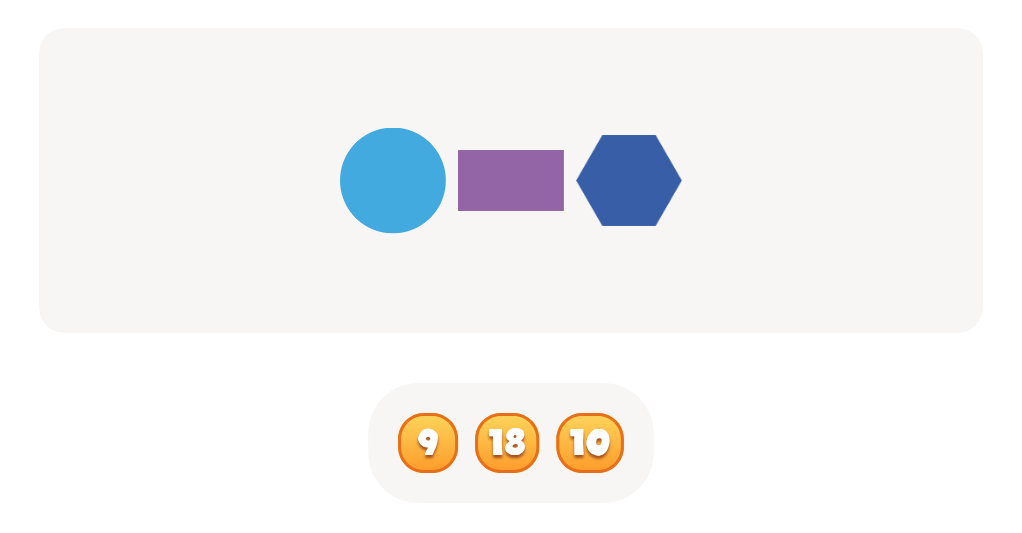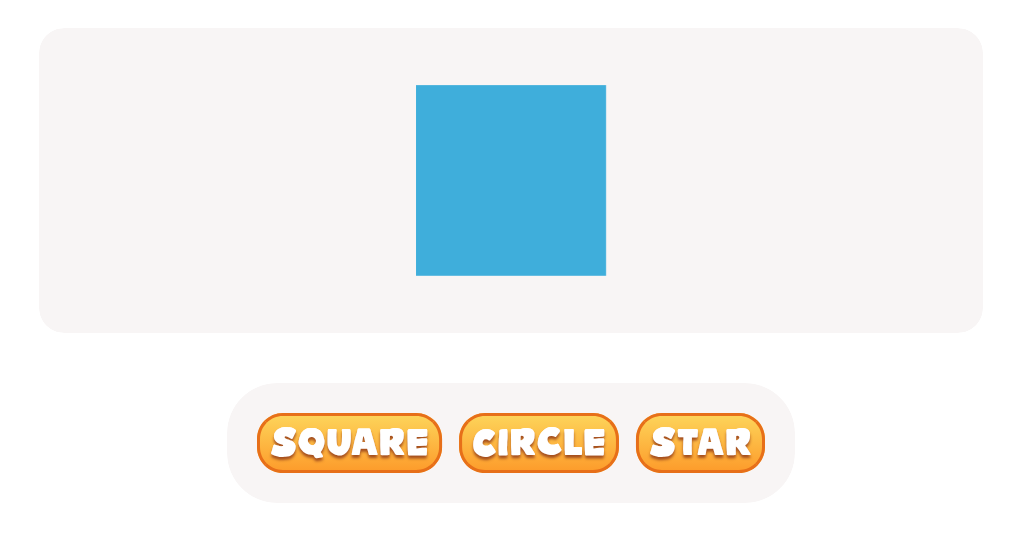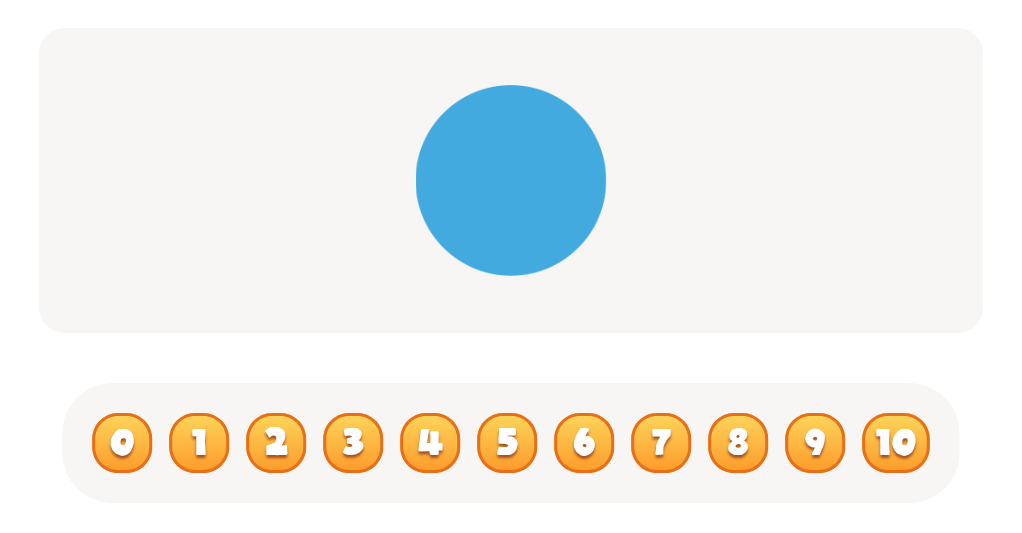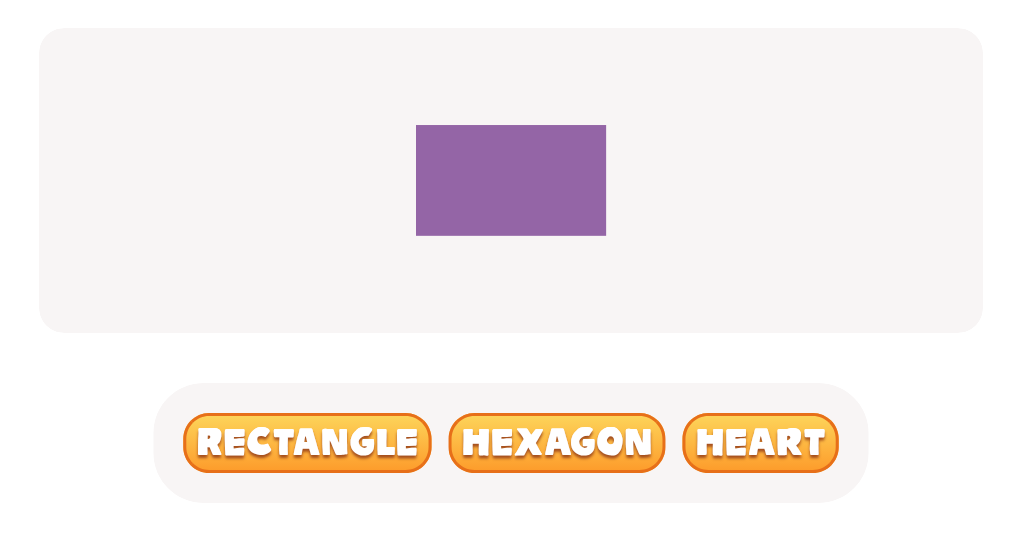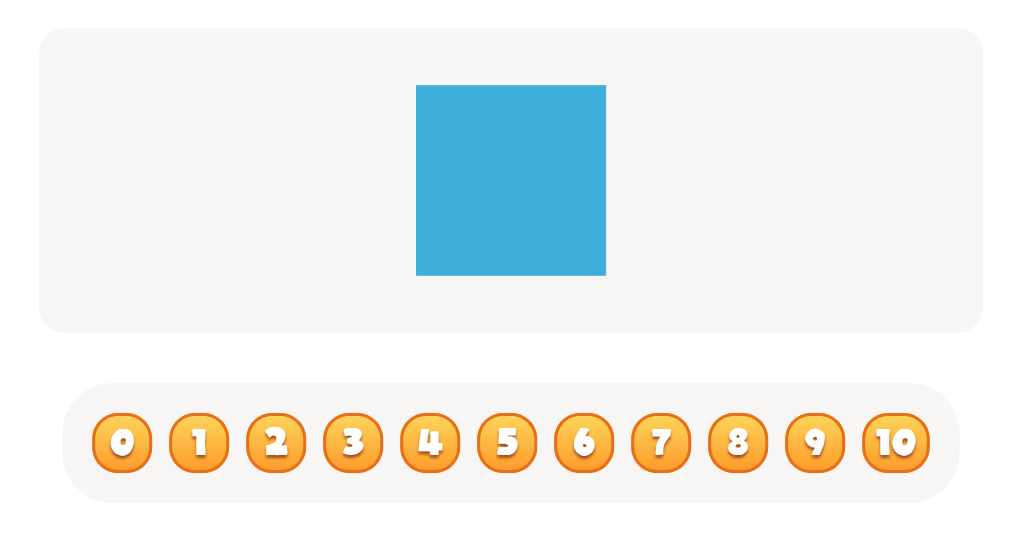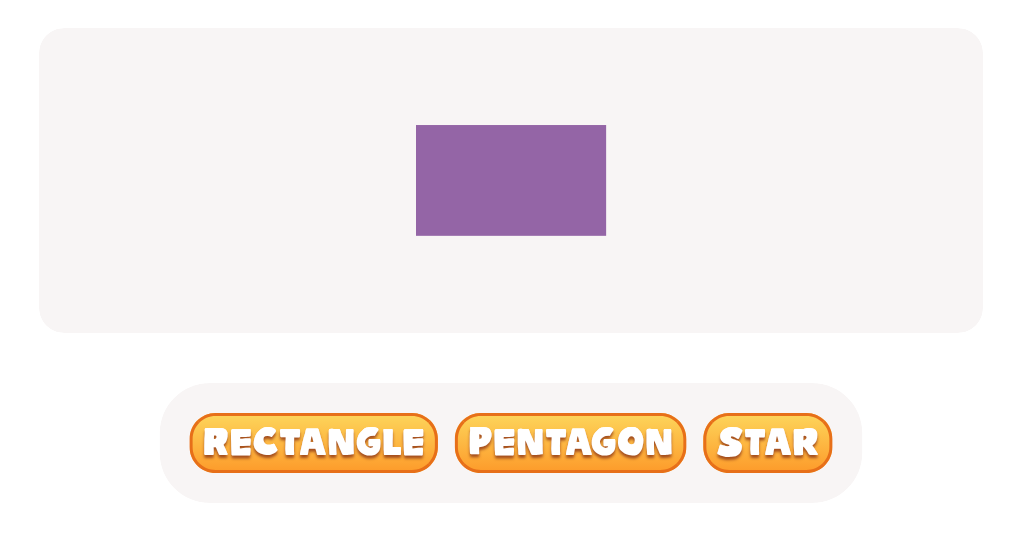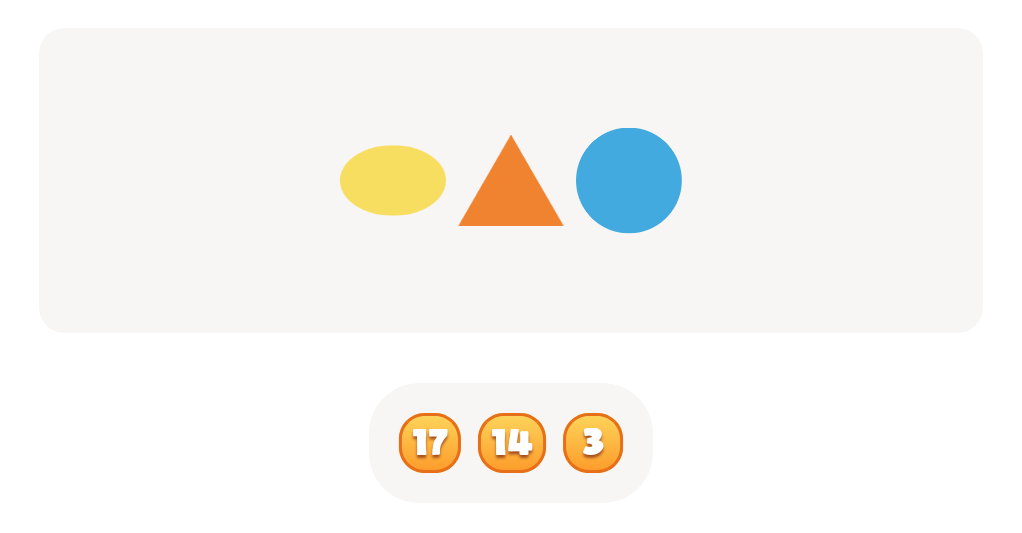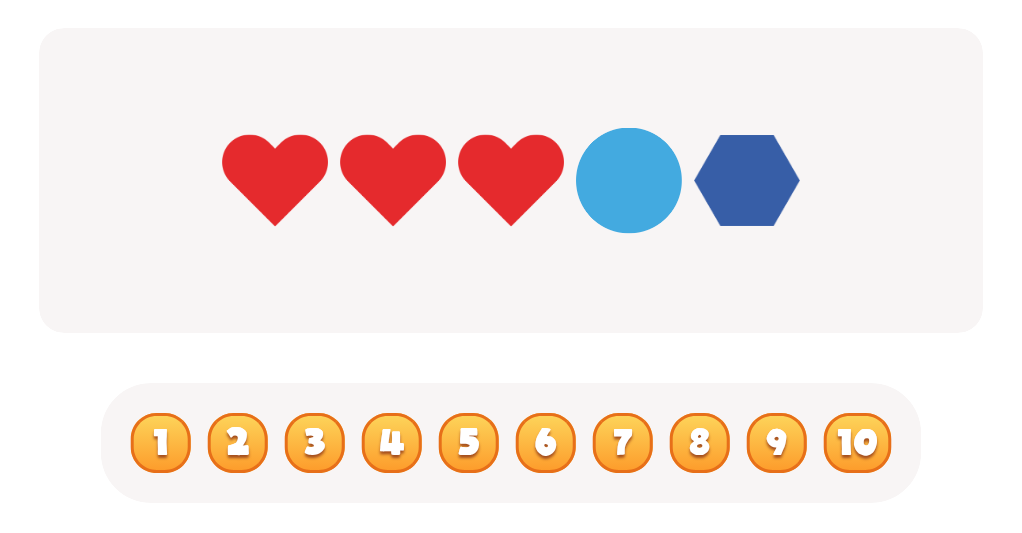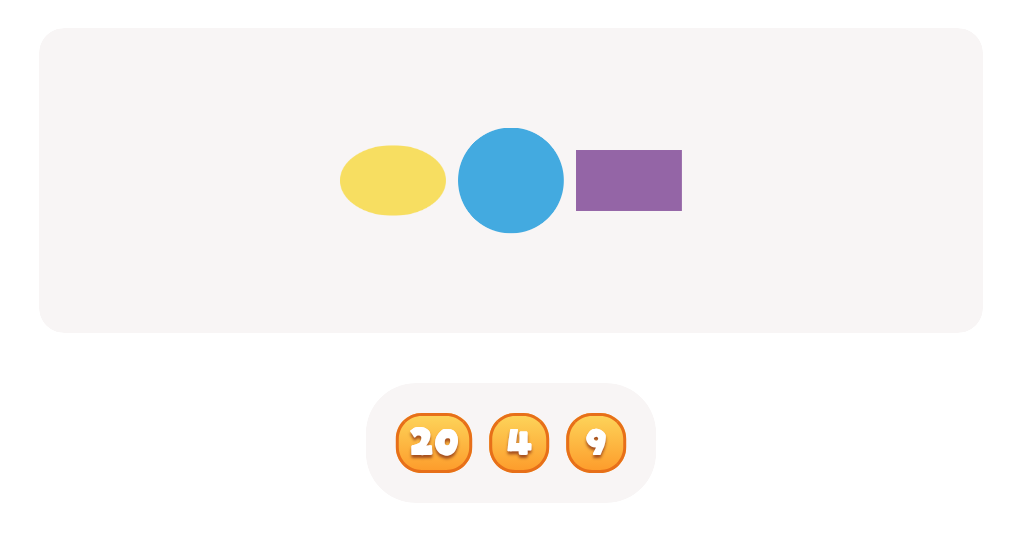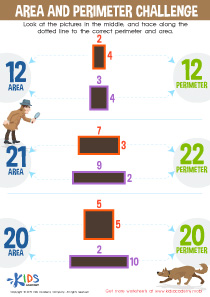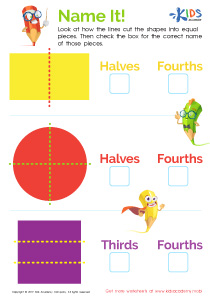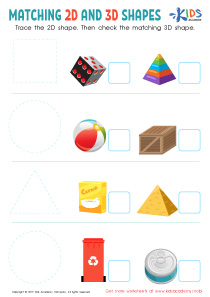Spatial awareness 2D Shapes Worksheets for Ages 4-8
3 filtered results
-
From - To
Enhance your child's spatial reasoning with our expertly crafted Spatial Awareness 2D Shapes Worksheets, designed for ages 4-8. These educational sheets help young learners grasp essential geometric concepts and recognize various 2D shapes through engaging activities. Perfectly tailored for early grade students, our worksheets promote critical thinking and fine motor skills. Your child will confidently navigate shapes, improving their spatial awareness and laying a strong foundation for future math success. Download now to make learning both fun and effective!
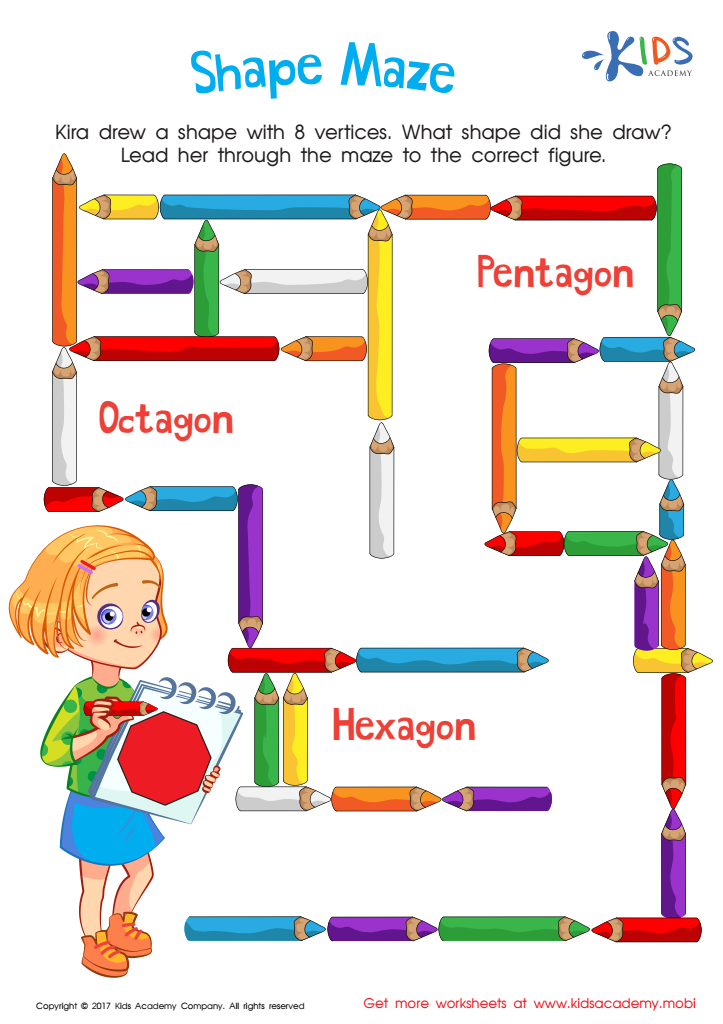

Shape Maze Worksheet


Congruent Shapes Worksheet
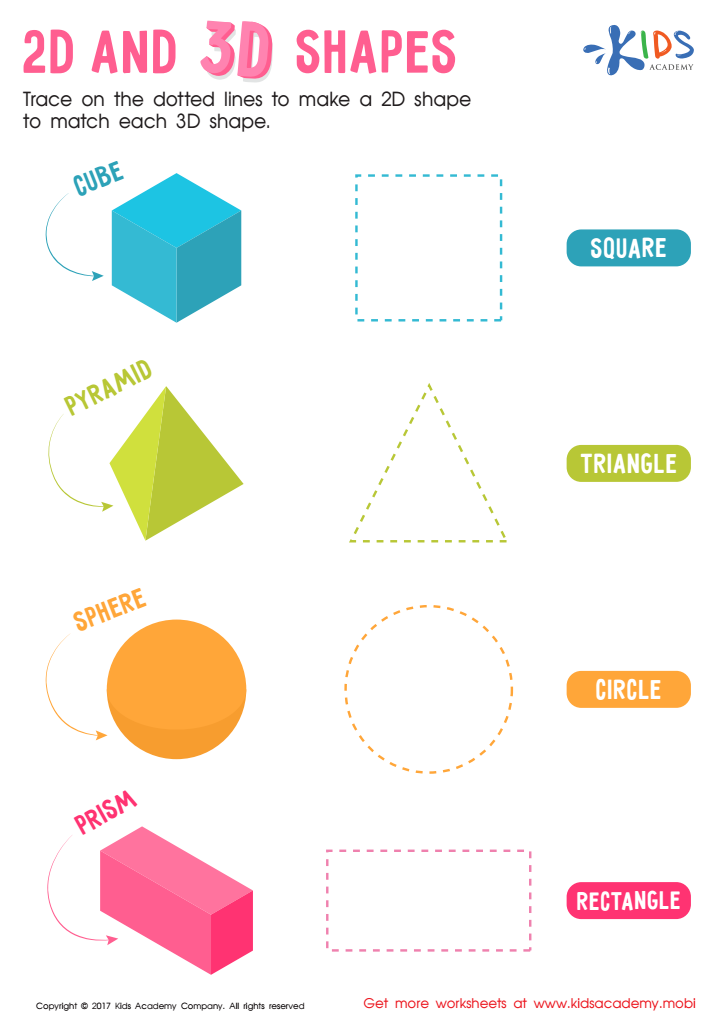

2D and 3D Shapes Worksheet
Spatial awareness and understanding 2D shapes are key elements in the early cognitive development of children aged 4-8. These skills act as foundational blocks for learning mathematics, reading, and more complex spatial reasoning activities.
Firstly, spatial awareness helps young learners navigate their environment effectively. It enables them to understand concepts of position, direction, and distance, which are crucial for everyday activities like finding their way around school or playing sports.
Next, the ability to recognize and differentiate 2D shapes builds the groundwork for geometric thinking. For instance, when children learn to identify and compare circles, squares, and triangles, they develop critical problem-solving skills that are directly applicable to more advanced math topics later in life.
Moreover, these skills help in the development of fine motor skills. Activities like drawing shapes, assembling puzzles, or building with blocks require precise hand-eye coordination, which is essential for writing and other intricate tasks.
Lastly, spatial awareness and shape recognition are tightly linked to language development. Talking about the attributes of different shapes (e.g., sides, angles, curves) expands a child's vocabulary and reinforces descriptive language skills.
In sum, emphasizing spatial awareness and 2D shape recognition for young learners equips them with versatile tools that aid their overall academic growth and everyday activities.
 Assign to My Students
Assign to My Students
